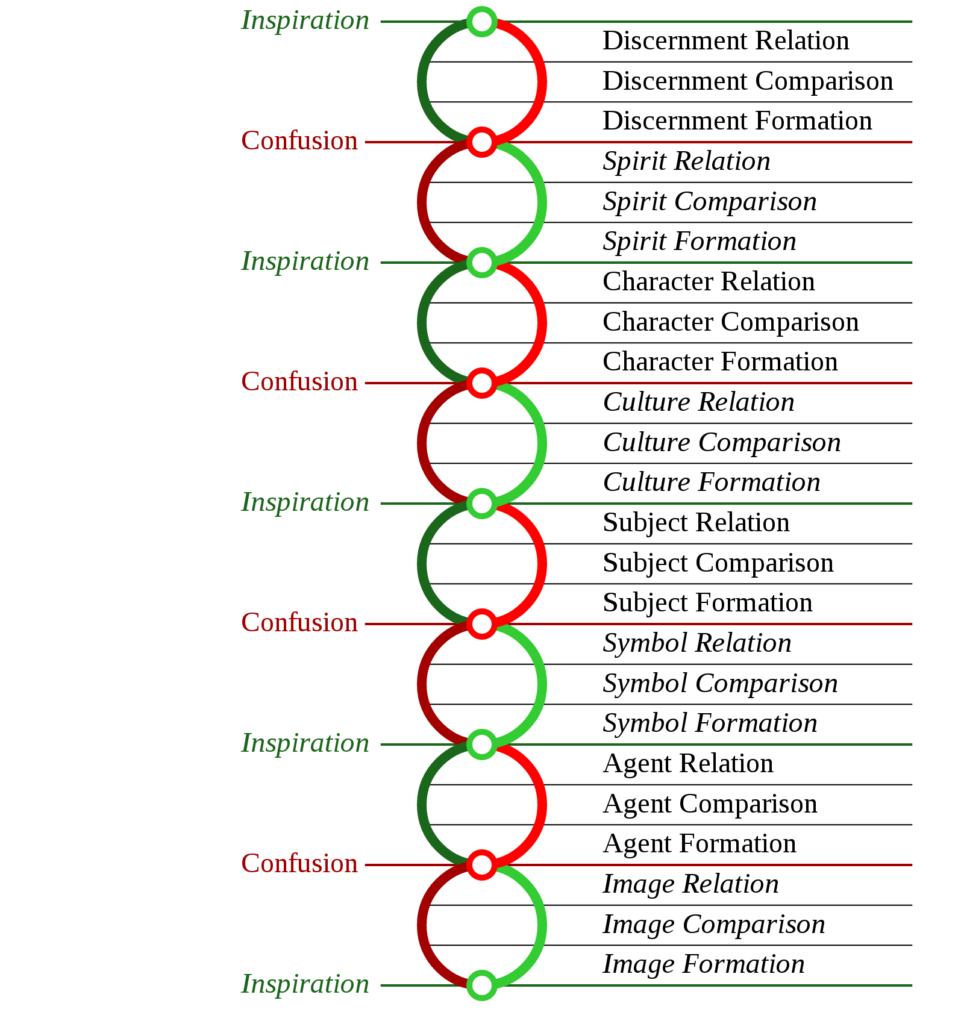

To fit inside cells, DNA is coiled tightly to form structures called chromosomes. Freeman and Company, 2002).ĭNA molecules are long - so long, in fact, that they can't fit into cells without the right packaging. This RNA copy, called messenger RNA (mRNA), tells the cell's protein-making machinery which amino acids to string together into a protein, according to " Biochemistry (opens in new tab)" (W.

Then, an enzyme zooms in and constructs a new RNA molecule whose sequence mirrors that of the unzipped gene. In addition, while RNA has three of the four nitrogen bases in common with DNA, it uses a base called uracil rather than thymine to pair with adenine.Īs a cell prepares to build a new protein, its DNA unzips to expose one strand of the gene with the instructions to build said protein. RNA shares a similar structure to DNA, except it contains only one strand, rather than two - so it looks like just one half of a ladder. To make a protein, the cell makes a copy of the gene, using not DNA but ribonucleic acid, or RNA. The shorthand for this process is that genes "encode" proteins.īut DNA is not the direct template for protein production.

HELIX MEANING HOW TO
Similar to the way that letters in the alphabet can be arranged to form words, the order of nitrogen bases in a DNA sequence forms genes, which, in the language of the cell, tell cells how to make proteins.


 0 kommentar(er)
0 kommentar(er)
